Tasting Notes: September
06.09.24
•6 min read
06.09.24
•6 min read
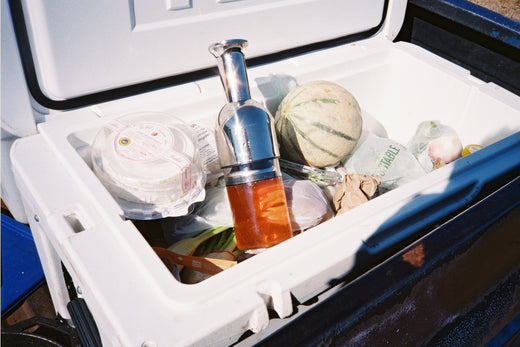
At eto, we believe life is best enjoyed with a rounded palate. This month, we're road-tripping 'round California, embracing autumn's first produce, and taking our tastebuds off the beaten track, for dinner and drinks.
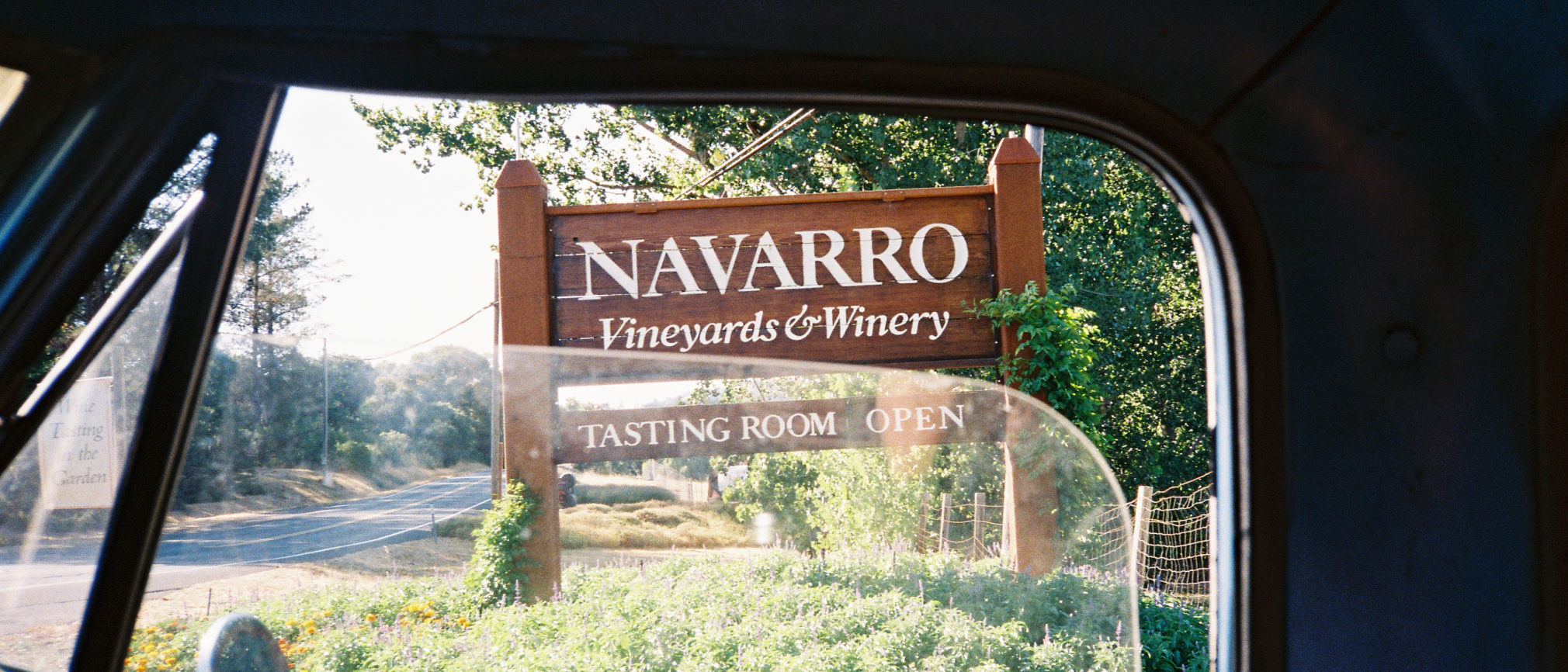
Milla Handley was a pioneering female winemaker for 40 years, and her legacy is best celebrated with a bottle of the berry-and-bay leaf Pinot Noirs emblazoned with her name.
Navarro marks its half-century this year. Its vines share space with chickens, geese and sheep (who provide natural fertiliser and even help out by suckering the vines) which all adds up to bottles packed not just with flavour, but also story. The most thrilling of which are the Alsatian varietals - Gewurztraminer and Riesling especially – which beg to be uncorked at the beach.
Commune co-founder Tyler Stacy rode shotgun Kevin's road trip. You'd be hard-pressed to find a better passenger. Intimately familiar with seemingly every inch of the state - or, at least, every inch with grapes growing on it - his winemaking marries local fruit with an approach inspired by his experience in Europe and South America. Sourcing from family-owned vineyards throughout California Commune captures something ineffably Californian in every bottle.
Ignore the Gewurztraminer naysayers. This wine embodies everything great about Alsace, which means florals and orchard fruits on the palate, with notes of pine and resin on the nose, before a savoury finish.
Maria and Alex Koppitsch process all the grapes from their stamp-sized vineyard, which sits on gentle slopes on Austria's border with Hungary, in their backyard. This is about as low-intervention as wine gets; they press the grapes with no additives and fermentation starts naturally, without temperature control. What comes out of the barrels seven months later is tropical and a little salty, a beach break in liquid form.
Sticking to the seaside theme, the Good Intentions grapes grow in limestone soils just a couple of clicks from the South Australian beach. This 60/40 blend of Semillon and Sauvignon Blanc gets three weeks with the skins and the result is as bright and fruity as an Aussie afternoon.
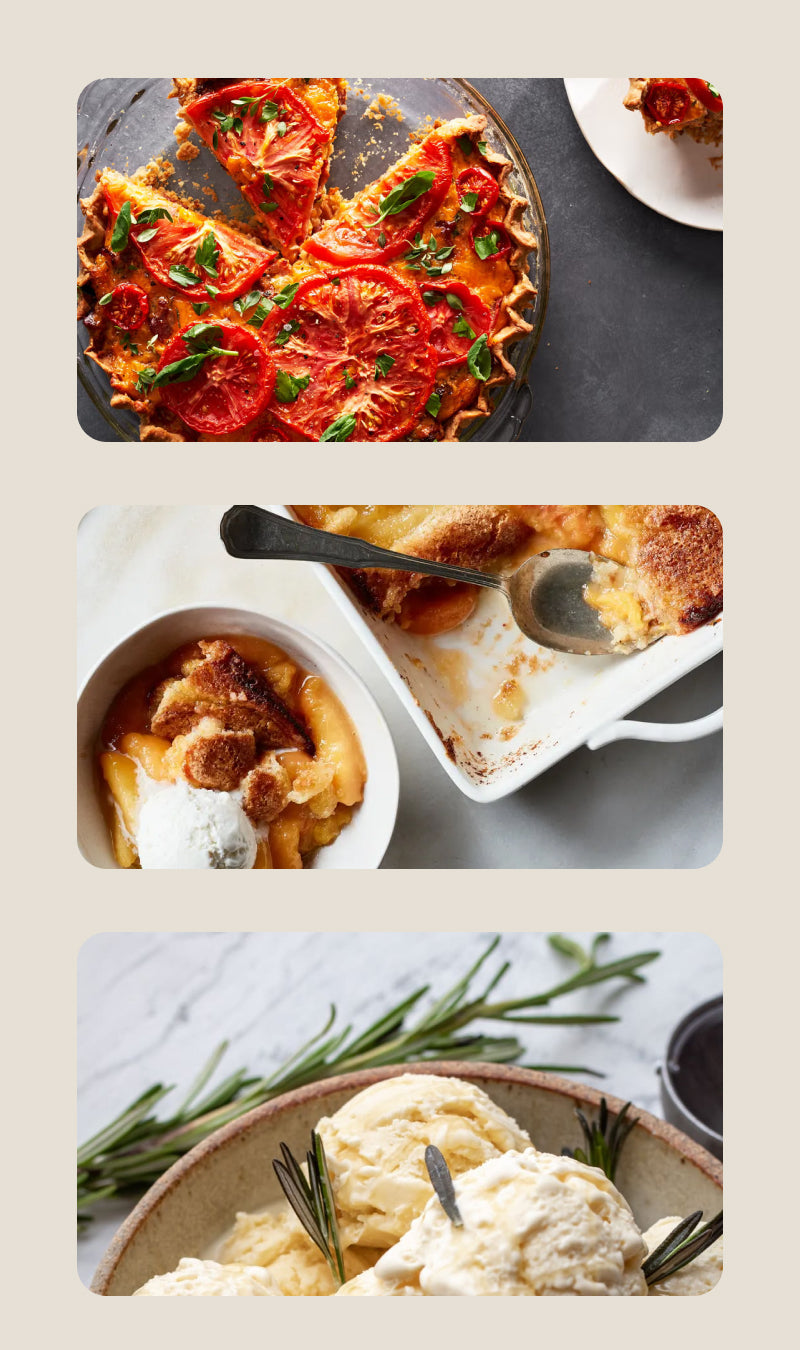
Southern tomato pie is a non-negotiable at any brunch or barbecue in South Carolina, tweaked here with the addition of chopped pimento peppers. The trick is using the ripest tomatoes you can find, so look for locally grown, which should still be available until the first frost. Next, Louisiana, for this shrimp creole recipe by New Orleans legend Emeril Lagasse. It showcases his special seasoning blend and cries out for a dry Spanish Godello to cut through all that spice. Then wrap it all up with a hop over to Georgia for peach cobbler. Ice cream optional, Riesling absolutely essential.
For at least a century and half, the French have elevated apples into an artform as tarte Tatin. James Martin's take cleaves close to that history, but this version swaps apples for two of autumn's other stars: roasted parsnips and red onions. Just trust us, OK. And while it might be a little too early for conkering, this dark chocolate and chestnut torte does wonderful things with their cousins. It's even more wonderful with a glass of tawny port. Finally, this rosemary and honey ice cream is the perfect reason to dust off that ice cream maker you keep promising to get more use out of. Just skip the Flakes; it's far better paired with a herbaceous dessert wine.
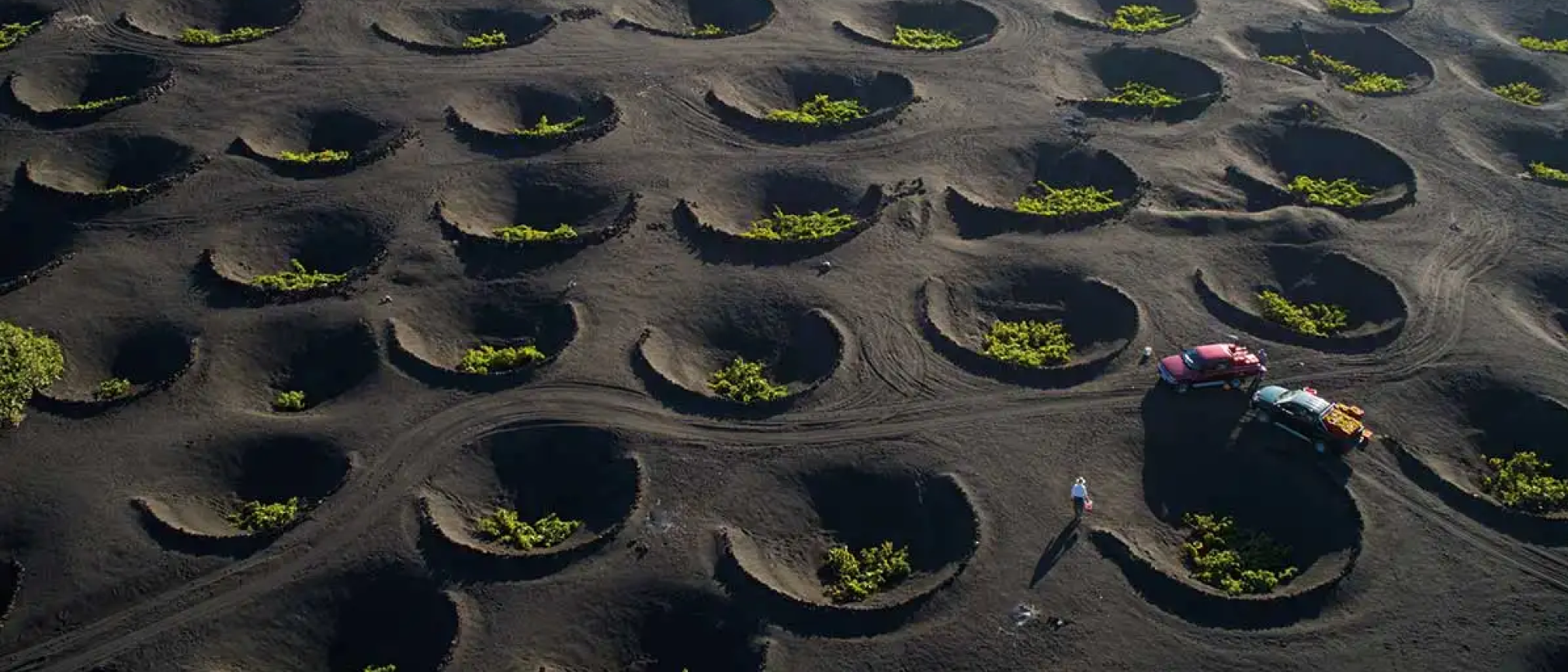
The 22nd London Design Festival launches on 14 September, and for nine days the city hosts the world's leading brands, designers and innovators across 11 districts, from Shoreditch to Brompton. AI is this year's big theme, but there'll be events covering everything from sustainability to inclusivity. We'll also be returning, so keep your eyes peeled for more details on that soon.
Wales is fast becoming a winemaking player, but its viticultural history stretches back to the Roman conquest. The 300-mile Cambrian Way, which winds between Cardiff and Conwy, takes you past more than 30 Welsh wineries, some newly established, others stretching as far back as the 19th century. Make sure to schedule a decent stop at the Gwinllan Conwy Vineyard, whose stellar Solaris tastes even better backed by views over Snowdonia.
Grk grapes are endemic to the Dalmation island of Korcula, where endless tiny vineyards transform them into an aromatic and as endlessly drinkable white wine. Grk is very hard to find off the island, but impossible to avoid on it. Not that you'd want to.
This volcanic island off the coast of West Africa offers a unique environment for viticulture; each vine nestles in its own crater, dug out of black volcanic ash. Some 60% of the island's wines are made from its aptly named varietal: Malvasía Volcánica. They're a little salty, a little smoky, just like their home.
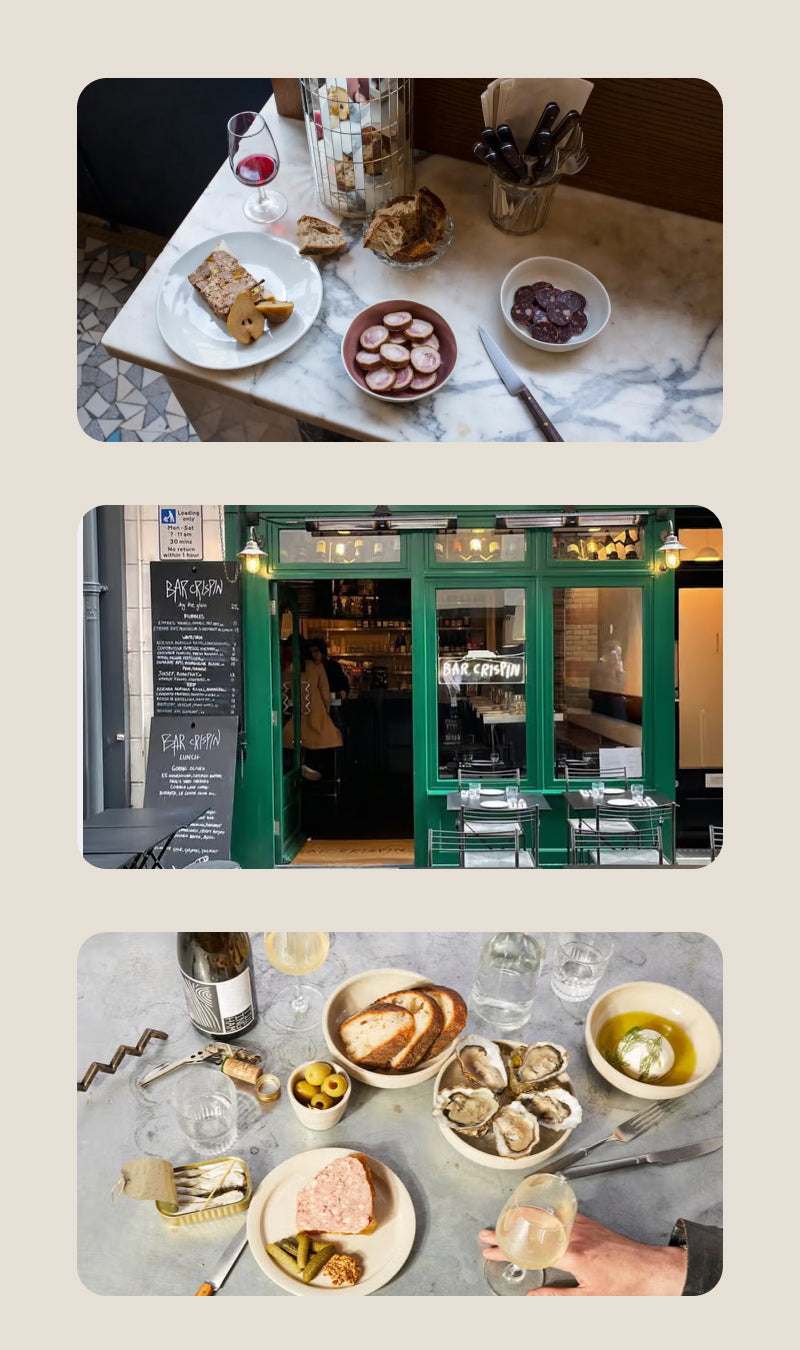
To Cornwall first, and the little brother to Nathan Outlaw's eponymous, two Michelin Star restaurant. Outlaw's Fish Kitchen is rather less ritzy, operating out of a 15th century fisherman's cottage and serving a sharing set menu based on what came out of the sea that morning. It's simple-seeming food that belies the skill that makes it look that way. One White Street, in New York City's Tribeca, seems its opposite – à la carte, precisely executed, lots of velvet – but the dedication to produce is no less. Almost everything comes from the restaurant's farm upstate, and if it ain't in season, it's not going on your plate. An ethos it shares with Open Farm Community in Singapore, which partners with local farms on tours of their vegetable gardens and fruit orchards, as well as offering gardening workshops. By inviting in local farmers and chefs to showcase seasonal produce alongside their own creativity, it's a rural oasis surrounded by the unrelentingly urban.
At London's Bar Crispin, the wine list is organised by climate, rather than region. It's a stroke of genius – how often we find ourselves hankering for something 'Mediterranean', rather than a specific région – and the low-intervention bottles are ably supported by a rotating set of European plates. Rotation is also the name of the game at Livingston, a wine bar in Marseille that supplements its extensive list of orange wines with a cast of chef residencies, who are given carte blanche over the kitchen. Very different to the approach a few hundred miles north, at Paris's La Buvette, where there's no cook. There's not even a kitchen. Instead, you get a list that leans towards Loire, with meats and cheese sourced by owner Camille Fourmont. The wine's the star, but her white beans with chive blossom and lemon zest run it a close second.
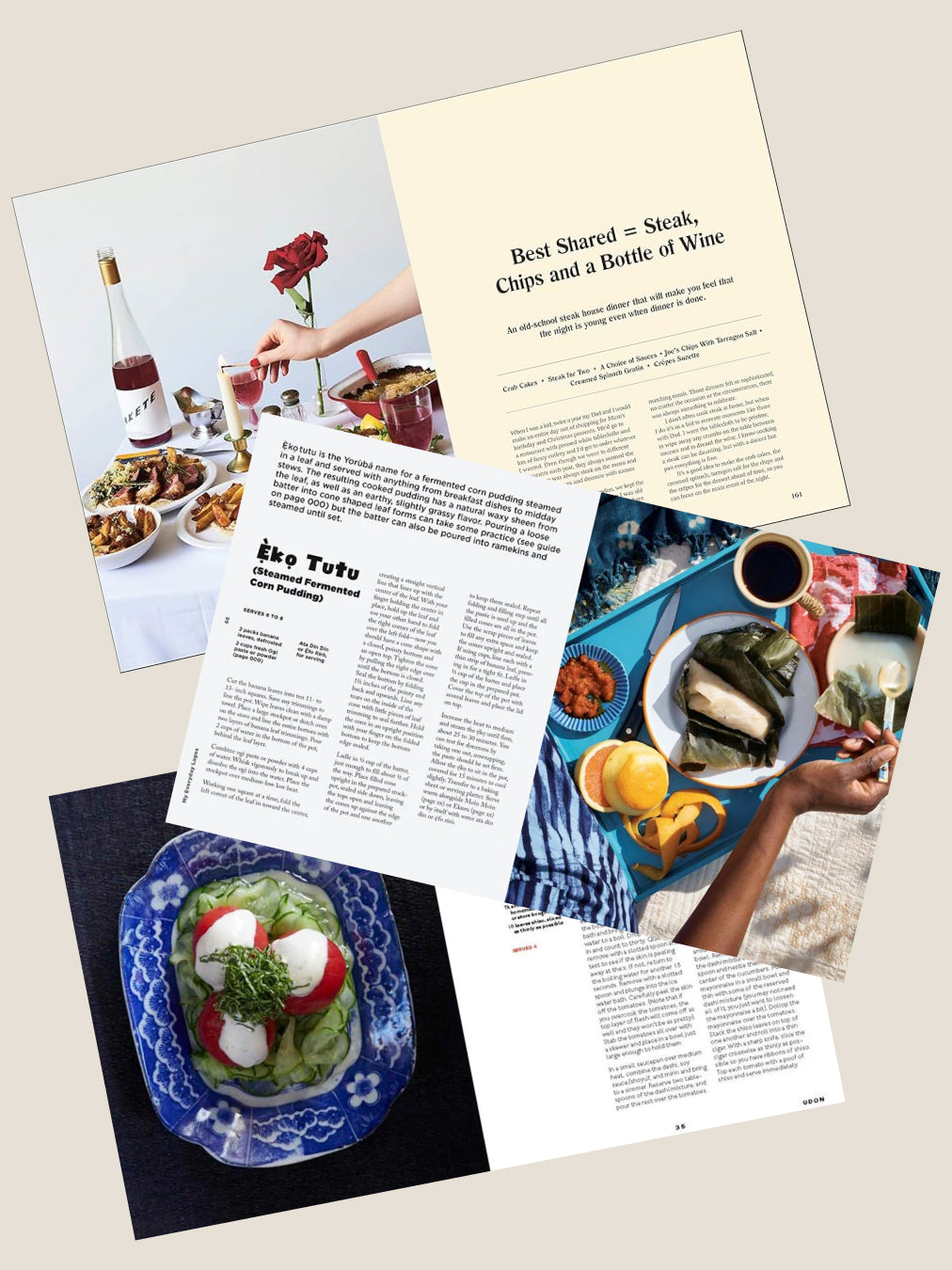
Ed Wood is the best movie ever made about the maker of the worst movies ever made. Burton humanises an outcast, a theme he's returned to in almost every film since, including Corpse Bride. This stop-motion gothic romance (a section in Blockbuster it shares with A Nightmare Before Christmas, and basically nothing else) deftly blends the macabre and the heartfelt with Burtonian wit. 'Wit' and 'heartfelt' also capture the vibe of Big Fish, which plays out whimsically before an emotional suckerpunch in the last reel. Beyond the big screen, they all appear as part of the Design Museum's The World of Tim Burton exhibition, in October.
Bre Graham's Table for Two is all about cooking for your significant other. Sometimes that means wowing them, but it's also packed with simple recipes that express something ineffable about the way you feel. My Everyday Lagos, by Yewande Komolafe, does a similar thing with family, weaving together personal history and stories of the Nigerian diaspora. And trust us: her iwuk edesi chicken stew expresses love better than Shakespeare ever managed. Rintaro, by ex-Chez Panisse creative director Sylvan Mishima Brackett, is less emotive, perhaps, but lacks nothing in love. Here, it's for the cuisine of Japan, which he reimagines through a Californian lens. There is perhaps no greater joy than eating grilled, skewered meat in a Japanese izakaya. By arming home chefs with his knowhow, Brackett is truly sharing the love.